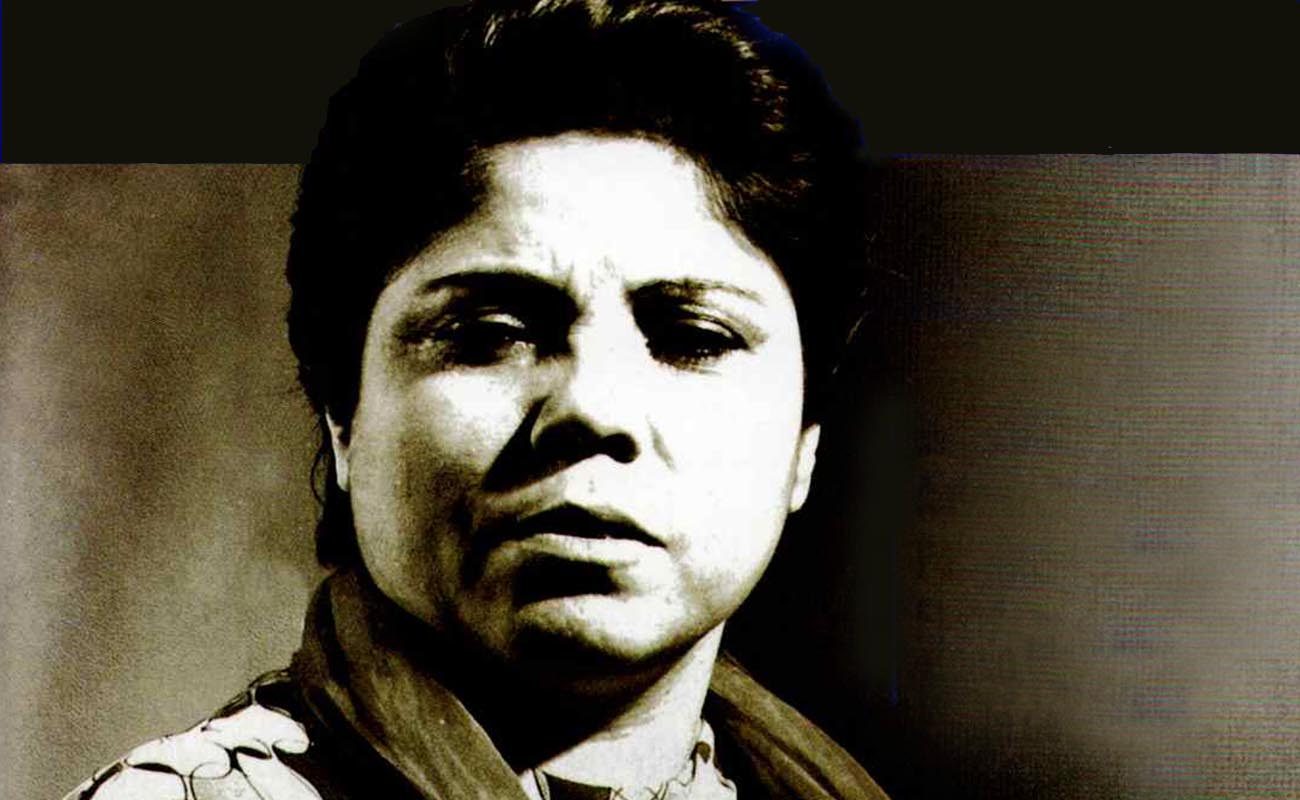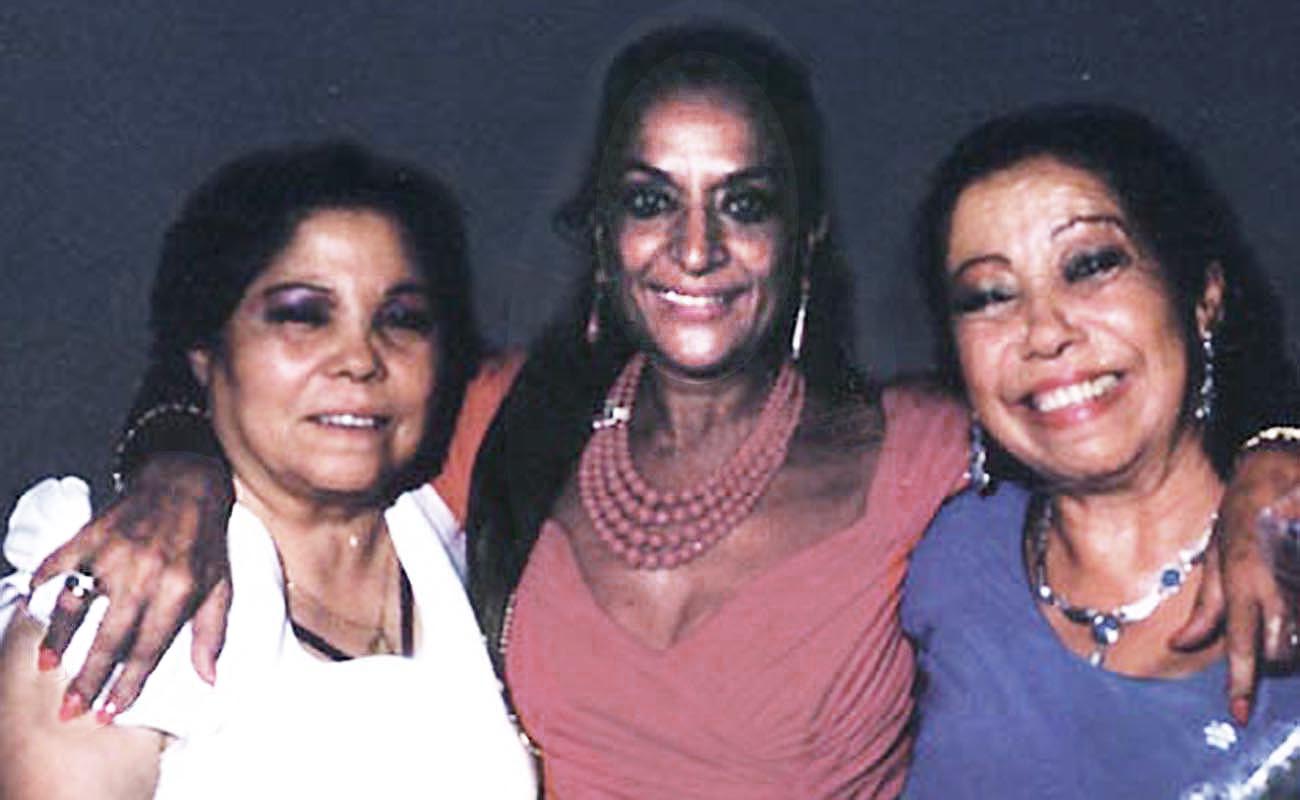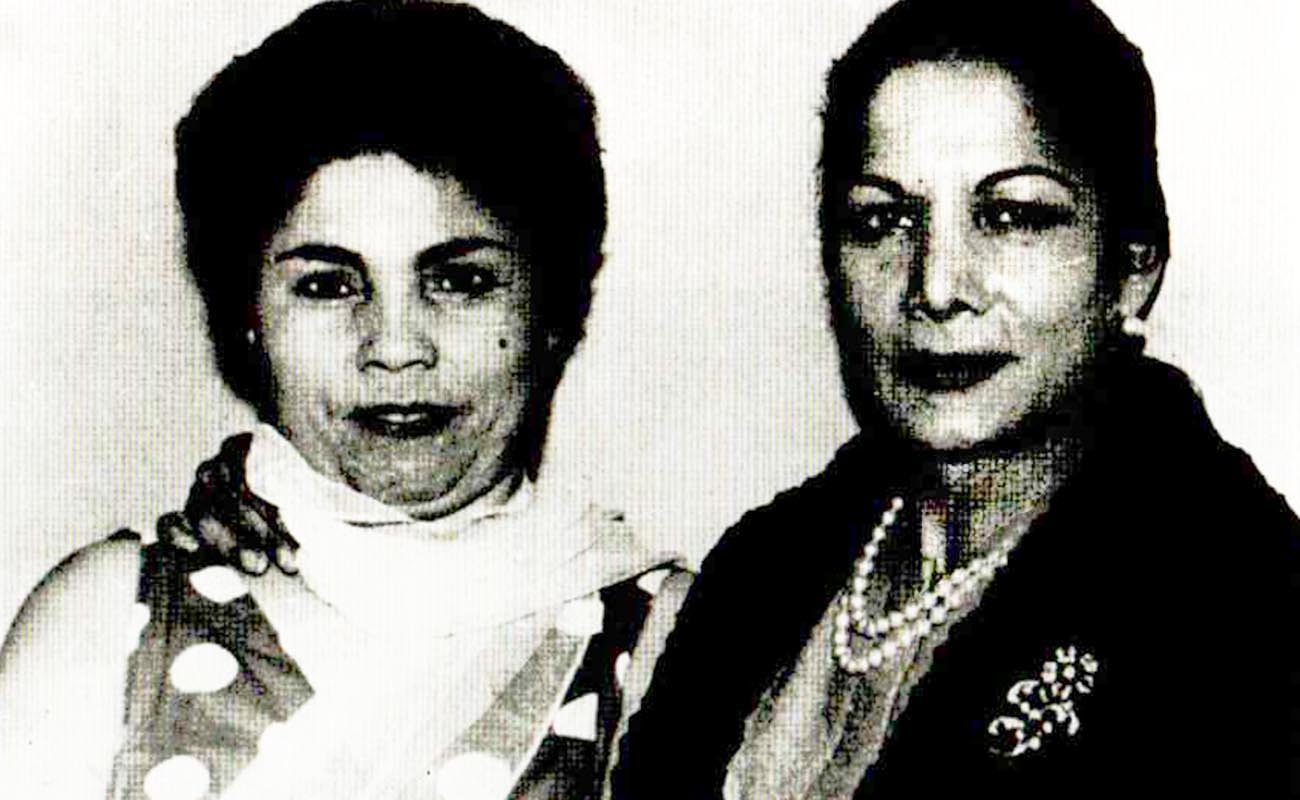Ten years without Bernarda de Utrera
On May 7th, 2005, I was in Utrera and saw Bernarda weep when she touched the newly unveiled monument to herself and her sister. Fernanda, ill, was unable to attend the inauguration ceremony. A few years later, both singers were gone. Bernarda Jiménez Peña, Bernarda de Utrera (1927-2009) died ten years ago this month. Idly rereading some articles I wrote at the time,

On May 7th, 2005, I was in Utrera and saw Bernarda weep when she touched the newly unveiled monument to herself and her sister. Fernanda, ill, was unable to attend the inauguration ceremony. A few years later, both singers were gone.
Bernarda Jiménez Peña, Bernarda de Utrera (1927-2009) died ten years ago this month. Idly rereading some articles I wrote at the time, is a potent reminder of how important this loss has been. So few traditional singers left. Each time we lose someone, the obligatory phrase is: “the end of an era”. And it’s true. An era ended with Bernarda’s passing, just as it did with her sister Fernanda’s only three years earlier. And as it did when we lost Agujetas, Manuel Moneo, Lebrijano, Fernando Terremoto, Chocolate, Chano, Torta, Perrate, Paquera… and many dozens more who were suddenly absent, leaving only electronic representations, sad shadows of their big personalities to recall the enriching moments they delivered over decades.
The popular lyrical singer Gracia Montes, also present at the unveiling of the monument, had this to say: “Bernarda is unique, there won’t be another like her. She stands your hair on end. High art of the kind that no longer exists”.
Artistically anchored in the compact flamenco cosmos of Utrera-Lebrija with its unmistakable flavor, and contrary to what many people think, Bernarda was a complete singer who had a command of the most classic repertoire. But certainly she worked magic with bulerías cuplé, popular songs adapted to flamenco. Rather than diluting the intensity as so often happens when other singers diverge from short-form bulerías to interpret cuplé, Bernarda managed to escalate the emotion with her delivery full of mystery, and barely concealed angst.
One of the greatest bulerías cuplés ever recorded is her versión of Roberto Ledesma’s song, Con mi Corazón te Espero. Bernarda’s genius turns a saccharine bolero (no offense intended) into a bone-crushing piece. You’re just sitting there innocently listening to music, when her voice suddenly seems to be ripping your skin off and there you are, helplessly contemplating the unbearable human cycle of life and death, love and unlove. And you thought bulería cuplé was just a frivolous party song.
Okay, I’m a confessed bulería junkie, but can anyone really resist this sizzling hot piece?
Bernarda was brought up on the famous Calle Nueva where poverty was palliated with cante at a time when there was an abundance of both. Informal fiestas and occasional well-to-do patrons were the routine for flamenco artists in the postwar period. Bernarda proved to have a powerful personality when she appeared singing soleá in the 1952 classic film, Duende y Misterio del Flamenco.
Guitarist Antonio Moya accompanied Bernarda on her last recording: “A truly complete singer, but she never liked the spotlight, the cante was all she cared about. The morning after my wedding I found her singing in the street with two French gypsies, friends of mine”.
In 1964 Bernarda travelled to New York to sing for the great Manuela Vargas at the World’s Fair, taking part in one of the first and most important recordings of flamenco dance, with a line-up of top stars of those years, that included singers Beni de Cádiz and Naranjito de Triana, and guitarists Juan Habichuela, José Cala “El Poeta” and Paco de Antequera.
The era of the great festivals got underway with the Potaje Gitano de Utrera, and in 1968 Bernarda and Fernanda were honored at the twelfth edition of this event. Bernarda participated in all the great festivals of the time, including the Reunión de Cante Jondo de la Puebla de Cazalla, the Festival de Cante Jondo de Mairena del Alcor, the Caracolá de Lebrija and the Gazpacho Andaluz de Morón de la Frontera among many others. There were also various appearances at Seville’s Bienal de Flamenco, and her historic participation in the anthology Archivo de Cante Flamenco, in addition to her appearance in the legendary TV series, Rito y Geografía del Cante.
She held the National Prize for Cante of the Cátedra de Flamencología of Jerez, Favorite Daughter of Utrera and of the province of Seville, the Silver Medal of Andalucía, the Medal of Mérito en el Trabajo, the gold Medal for Bellas Artes… and many other well-deserved honors. Her solo recording in 1999, Ahora, with the guitar of Antonio Moya, gives an idea of her versatility, and an entire life given over to cante.

Bernarda de Utrera, Lola Flores y Fernanda de Utrera. Foto: Fernando Montoro

Bernarda de Utrera y Carmen Amaya. Foto: Cantes inéditos






